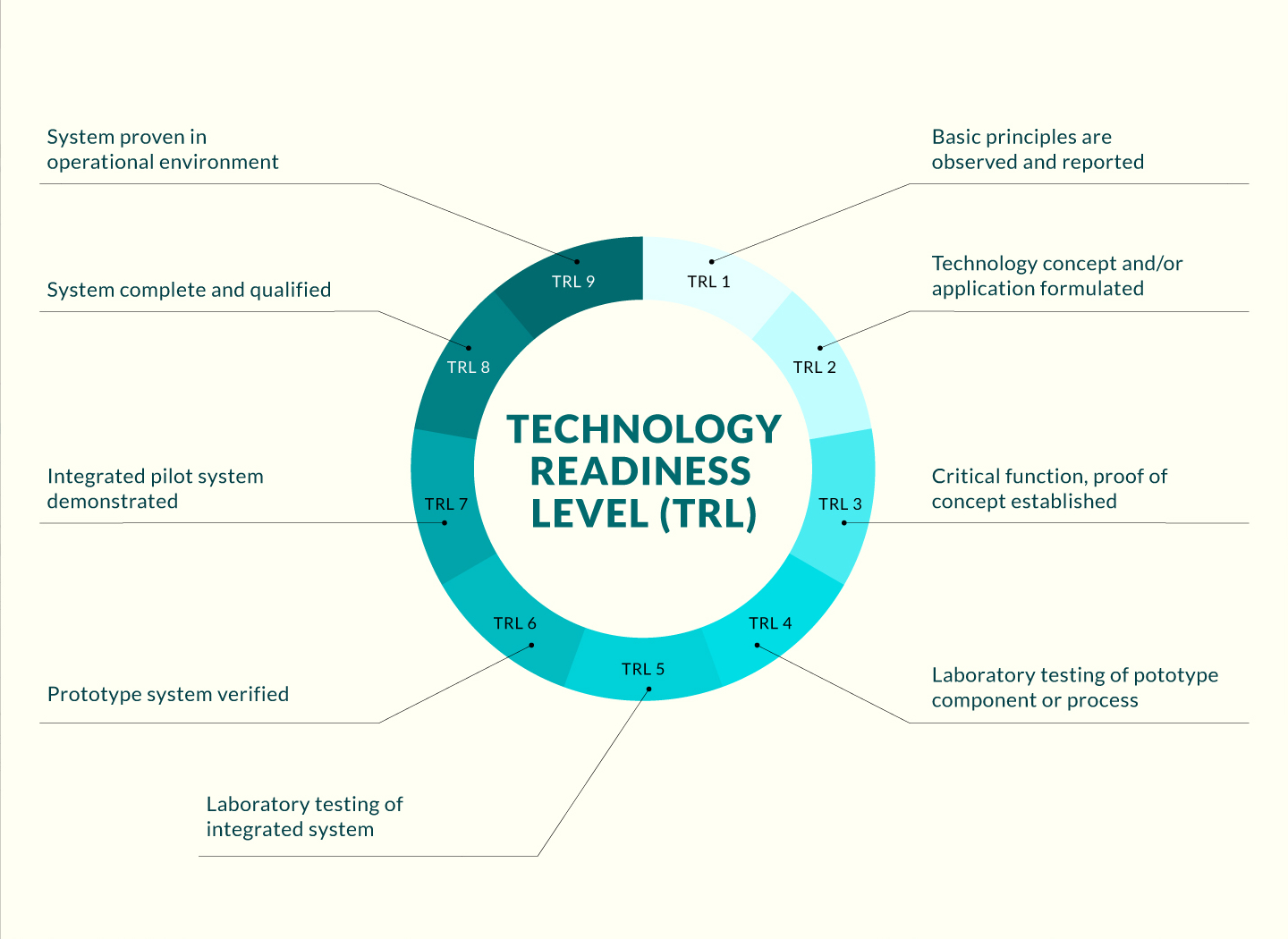
Opportunity
Technologies for generating a three-dimensional (3D) image of a human body have applications in a range of industries, including online shopping, film production and game design. For example, while shopping online, customers may benefit from the opportunity to generate an accurate image of their body to ‘try on’ clothing or jewellery before purchase. In the emerging field of artificial intelligence based criminal detection, computers can generate a realistic body shape of a suspect based on the physical characteristics provided by a witness. In the film industry, the increasing use of virtual ‘actors’ also creates a demand for accurate 3D images of human bodies. Existing techniques for producing such images are mainly based on computer vision and imaging processing. However, these techniques have shortcomings in terms of both efficiency and accuracy, creating the need for a novel improved method of generating 3D images of the human body.
Technology
The invention is an advanced method of creating three-dimensional (3D) images of human or animal body shapes based on principles from inverse electromagnetic scattering theory and machine learning. Instead of traditional imaging techniques, it uses patterns of electromagnetic waves to capture the shape of a human or animal body. This process involves several steps. It begins by obtaining a set of far-field patterns of electromagnetic waves emitted or scattered by the body. Next, a one-to-one correspondence is established between the body shape and the observed electromagnetic patterns. This information is processed using machine learning (which helps the system learn and improve over time), resulting in detailed 3D models that can represent both still and moving bodies, complete with realistic colours. Relevant body parameters include gender, height. weight, arm span, waist girth, neck girth, abdomen girth, body mass index, muscularity and motion trajectory.
Advantages
- Unlike many existing techniques, the novel method can generate accurate 3D images of dynamic as well as static human (and animal) bodies.
- The novel use of electromagnetic scattering data provides a more precise representation of body shapes than traditional imaging techniques, which may struggle with complex geometries.
- The use of machine learning allows the model to improve over time, representing a significant advancement over many existing modelling techniques.
- Unlike many existing techniques, the novel approach can encode and generate realistic colours associated with the human body, enhancing the visual fidelity of the resulting 3D models.
Applications
- Online clothing and jewellery shopping (offering a personalised fitting experience)
- Film production (creating virtual avatars; motion capture)
- Artificial intelligence based criminal detection
- Health and fitness management, including evaluation of body composition and study of nutritional disorders
- Applications in the metaverse, with considerable potential in the sectors of computer games, education, retail and real estate



